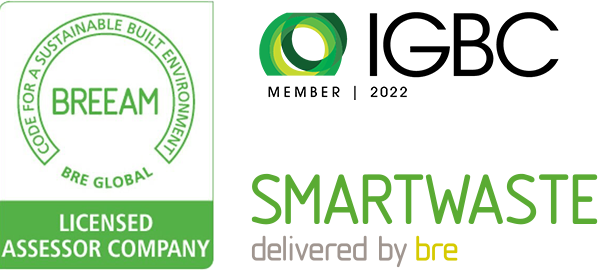We’re proud to share the success of a recently completed Energy Improvement Pathway project at Naas Retail Park. This project focused on upgrading the common area lighting system to a 100% LED lighting setup as part of a revised lighting strategy. The initiative delivered substantial energy savings, enhanced lighting levels across key areas, and significantly improved the customer journey by creating a safer, more inviting environment.
🔑 𝗣𝗿𝗼𝗷𝗲𝗰𝘁 𝗛𝗶𝗴𝗵𝗹𝗶𝗴𝗵𝘁𝘀:
• 𝗗𝗮𝘁𝗮-𝗗𝗿𝗶𝘃𝗲𝗻 𝗦𝘁𝗿𝗮𝘁𝗲𝗴𝘆: Leveraged insights from our energy monitoring platform to develop a strategy that reduced energy consumption and enabled informed, data-driven decisions.
• 𝗘𝗻𝗲𝗿𝗴𝘆 𝗘𝗳𝗳𝗶𝗰𝗶𝗲𝗻𝗰𝘆: Achieved an approximate 37% reduction in electricity demand, tracking at approximately 4,300 kWh of energy savings for January compared to the previous year.
• 𝗦𝗺𝗮𝗿𝘁 𝗖𝗼𝗻𝘁𝗿𝗼𝗹𝘀 𝗦𝘁𝗿𝗮𝘁𝗲𝗴𝘆: Developed a lighting controls strategy using data from the Evia Insights platform. Installed timer controls and override switches to optimise energy usage while maintaining essential security lighting during off-peak hours.
• 𝗜𝗺𝗽𝗿𝗼𝘃𝗲𝗱 𝗟𝗶𝗴𝗵𝘁𝗶𝗻𝗴 𝗤𝘂𝗮𝗹𝗶𝘁𝘆: LED units improved visibility across key areas, including the main carpark, service yards, and walkways. Additionally, new feature lighting along the central walkway created a safe and inviting route from the car park to the retail units.
• 𝗔𝗿𝗰𝗵𝗶𝘁𝗲𝗰𝘁𝘂𝗿𝗮𝗹 𝗟𝗶𝗴𝗵𝘁𝗶𝗻𝗴: Restored façade lighting to its original design with upgraded fittings, enhancing both aesthetics and functionality. Improved occupier signage visibility further strengthened brand presence.
This project aligns with the Retail Park Owners, Asset Managers, and Property Managers’ dedication to energy efficiency. By creating a safe, sustainable, and welcoming environment, the initiative has reduced energy consumption, minimised maintenance needs, and extended the lighting system’s operational lifespan.
🚀 𝗣𝗿𝗼𝗷𝗲𝗰𝘁 𝗢𝘂𝘁𝗰𝗼𝗺𝗲𝘀:
· Secured energy credits, validating the project’s financial and environmental benefits.
· Delivered on time and within budget.
· Enhanced the experience for owners, occupiers, customers, and visitors.
· Reduced operational costs and environmental footprint.
We extend our thanks to Sigma Retail Partners and Bannon for their invaluable support and collaboration throughout this project.
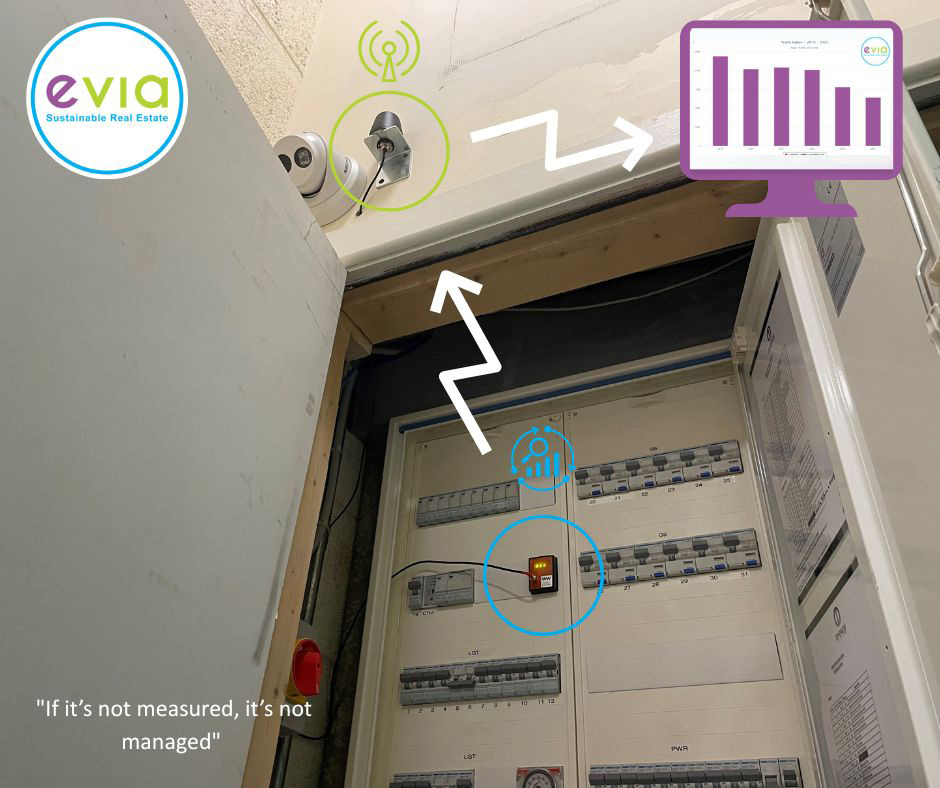
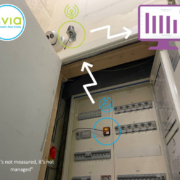
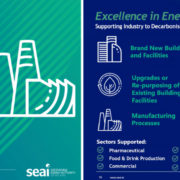


 𝐄𝐱𝐜𝐢𝐭𝐢𝐧𝐠 𝐍𝐞𝐰𝐬: 𝐖𝐞𝐥𝐜𝐨𝐦𝐢𝐧𝐠 𝐃𝐚𝐧𝐢𝐞𝐥𝐚 𝐂𝐨𝐧𝐭𝐫𝐞𝐫𝐚𝐬 𝐚𝐬 𝐚 𝐁𝐮𝐢𝐥𝐝𝐢𝐧𝐠 𝐄𝐧𝐞𝐫𝐠𝐲 𝐏𝐞𝐫𝐟𝐨𝐫𝐦𝐚𝐧𝐜𝐞 𝐂𝐨𝐧𝐬𝐮𝐥𝐭𝐚𝐧𝐭 𝐚𝐭 𝐄𝐯𝐢𝐚 𝐒𝐮𝐬𝐭𝐚𝐢𝐧𝐚𝐛𝐥𝐞 𝐑𝐞𝐚𝐥 𝐄𝐬𝐭𝐚𝐭𝐞!🌟
𝐄𝐱𝐜𝐢𝐭𝐢𝐧𝐠 𝐍𝐞𝐰𝐬: 𝐖𝐞𝐥𝐜𝐨𝐦𝐢𝐧𝐠 𝐃𝐚𝐧𝐢𝐞𝐥𝐚 𝐂𝐨𝐧𝐭𝐫𝐞𝐫𝐚𝐬 𝐚𝐬 𝐚 𝐁𝐮𝐢𝐥𝐝𝐢𝐧𝐠 𝐄𝐧𝐞𝐫𝐠𝐲 𝐏𝐞𝐫𝐟𝐨𝐫𝐦𝐚𝐧𝐜𝐞 𝐂𝐨𝐧𝐬𝐮𝐥𝐭𝐚𝐧𝐭 𝐚𝐭 𝐄𝐯𝐢𝐚 𝐒𝐮𝐬𝐭𝐚𝐢𝐧𝐚𝐛𝐥𝐞 𝐑𝐞𝐚𝐥 𝐄𝐬𝐭𝐚𝐭𝐞!🌟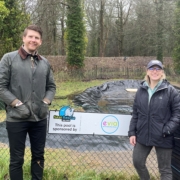
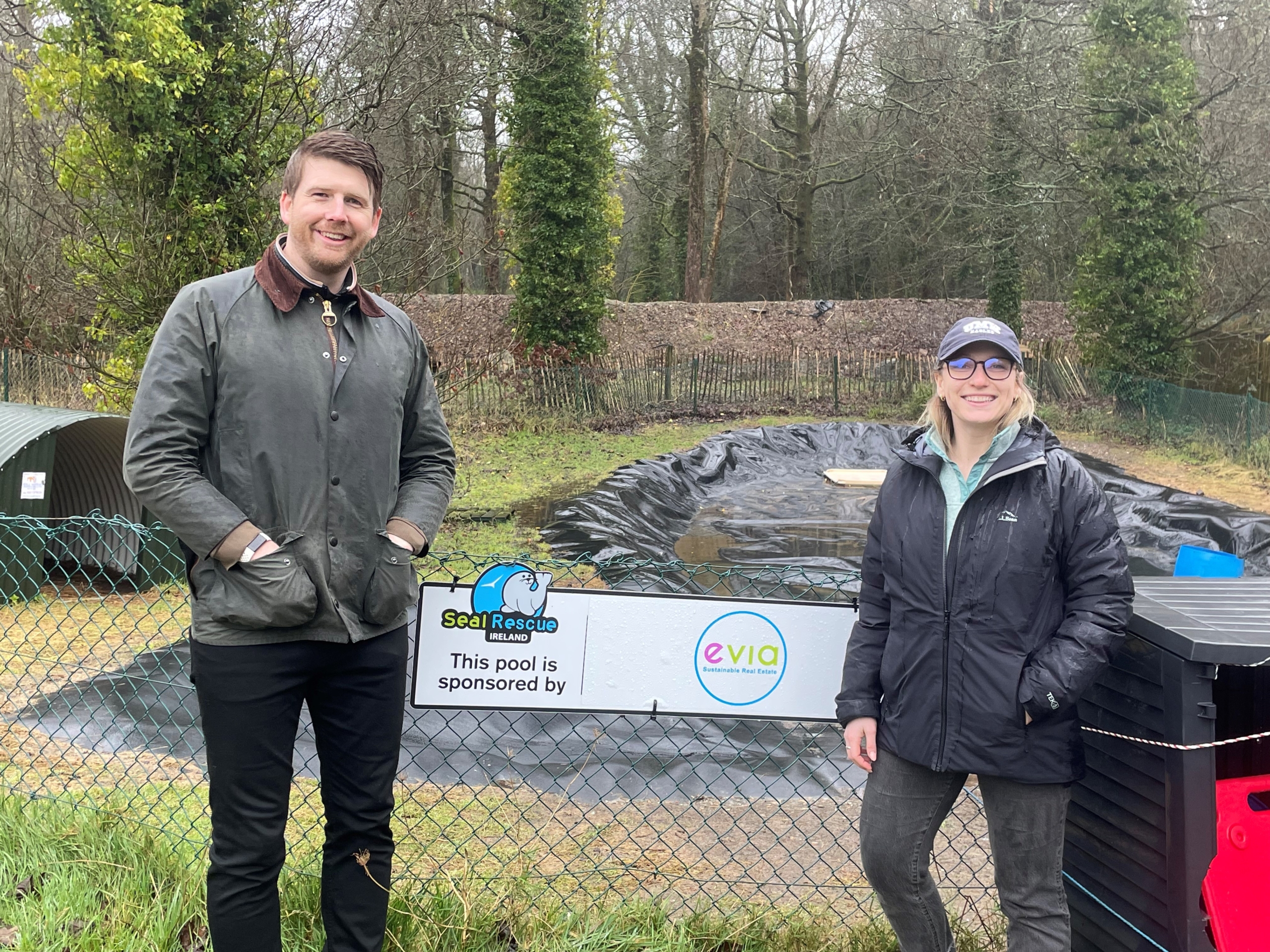
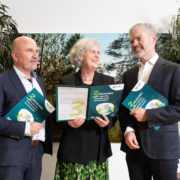
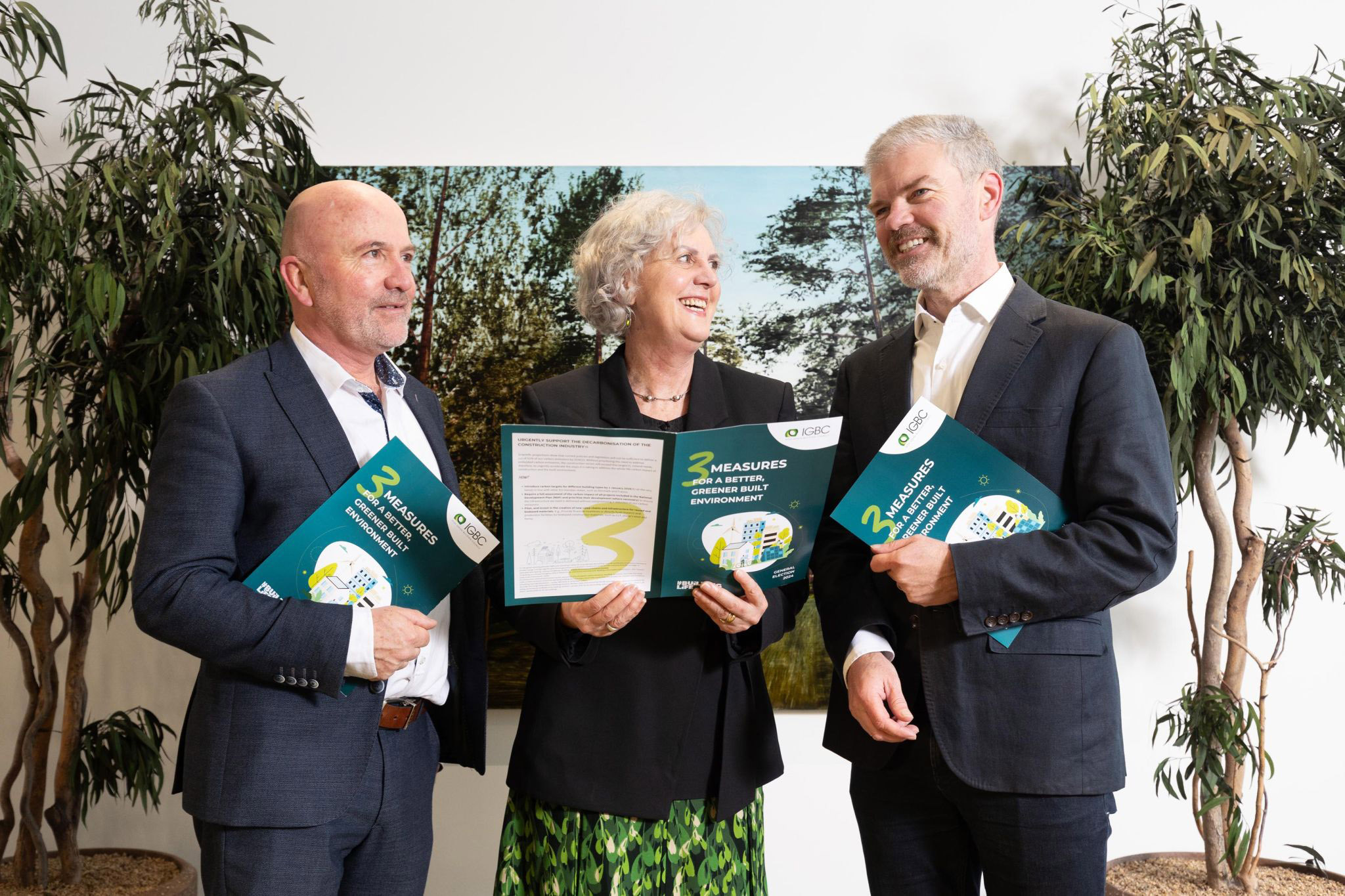


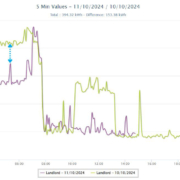
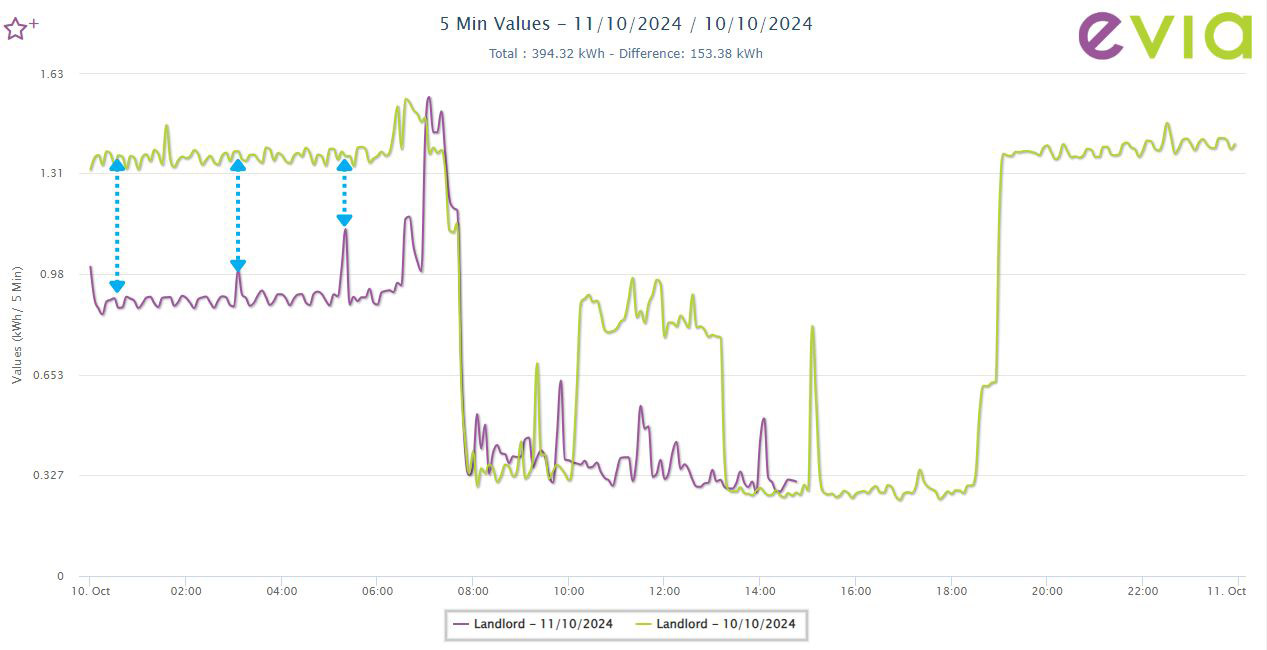
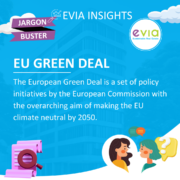
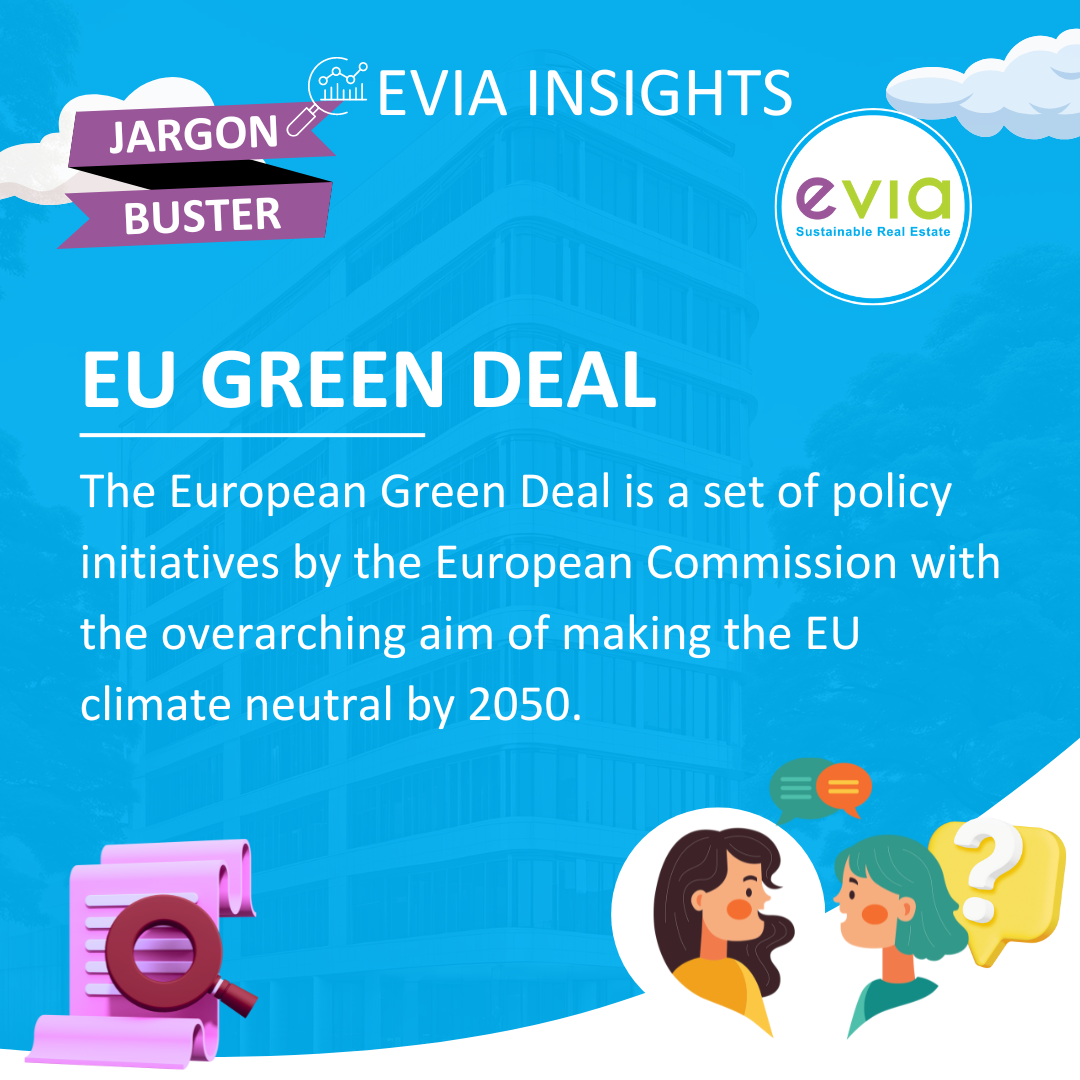

 We are excited to announce our sponsorship of Rathangan GAA Juveniles Club with a brand-new set of jerseys! At Evia, we are dedicated to supporting local communities, and we believe there’s no better way than inspiring the next generation of athletes.
We are excited to announce our sponsorship of Rathangan GAA Juveniles Club with a brand-new set of jerseys! At Evia, we are dedicated to supporting local communities, and we believe there’s no better way than inspiring the next generation of athletes.